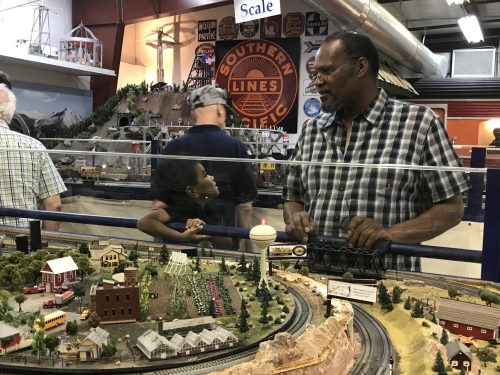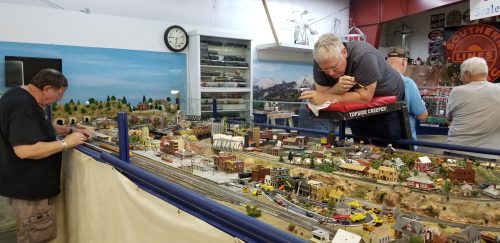History
Although trains and accessories of similar gauge or scale existed as early as 1927, modern commercially produced N-scale models were first launched by the Arnold company of Nuremberg in 1962. Unlike other scales and gauges, which were de facto standards at best, within two years N-scale manufacturers defined the gauge and voltage, as well as the height and type of couplers. For example, Arnold developed the now ubiquitous “Rapido” coupler to provide a simple and robust releasable coupler design.
The terms N scale and N gauge are often inaccurately used interchangeably, as scale is defined as ratio or proportion of the model, and gauge only as a distance between rails. The scale 1∶148 defines the rail-to-rail gauge equal to 9 mm exactly (at the cost of scale exactness), so when calculating the rail or track use 1∶160 and for engines and car wheel base use 1∶148.
N scale has a large worldwide following. Models are made of very many standard gauge prototypes from every continent. N scale’s popularity is second only to that of HO. In Japan, where space in homes is more limited, N scale is the most popular scale, and HO scale is considered large. Not all modellers select N because they have small spaces; some use N scale to build more complex or more visually expansive models.
N scale in Australia has become more popular over the years. Modellers use mainly US, British, and European prototypes because for a long time, the Australian market had no N-scale models of local prototype. The creation of local prototypes is now a flourishing “cottage” industry, making Australia N-scale modelling more popular each year.







